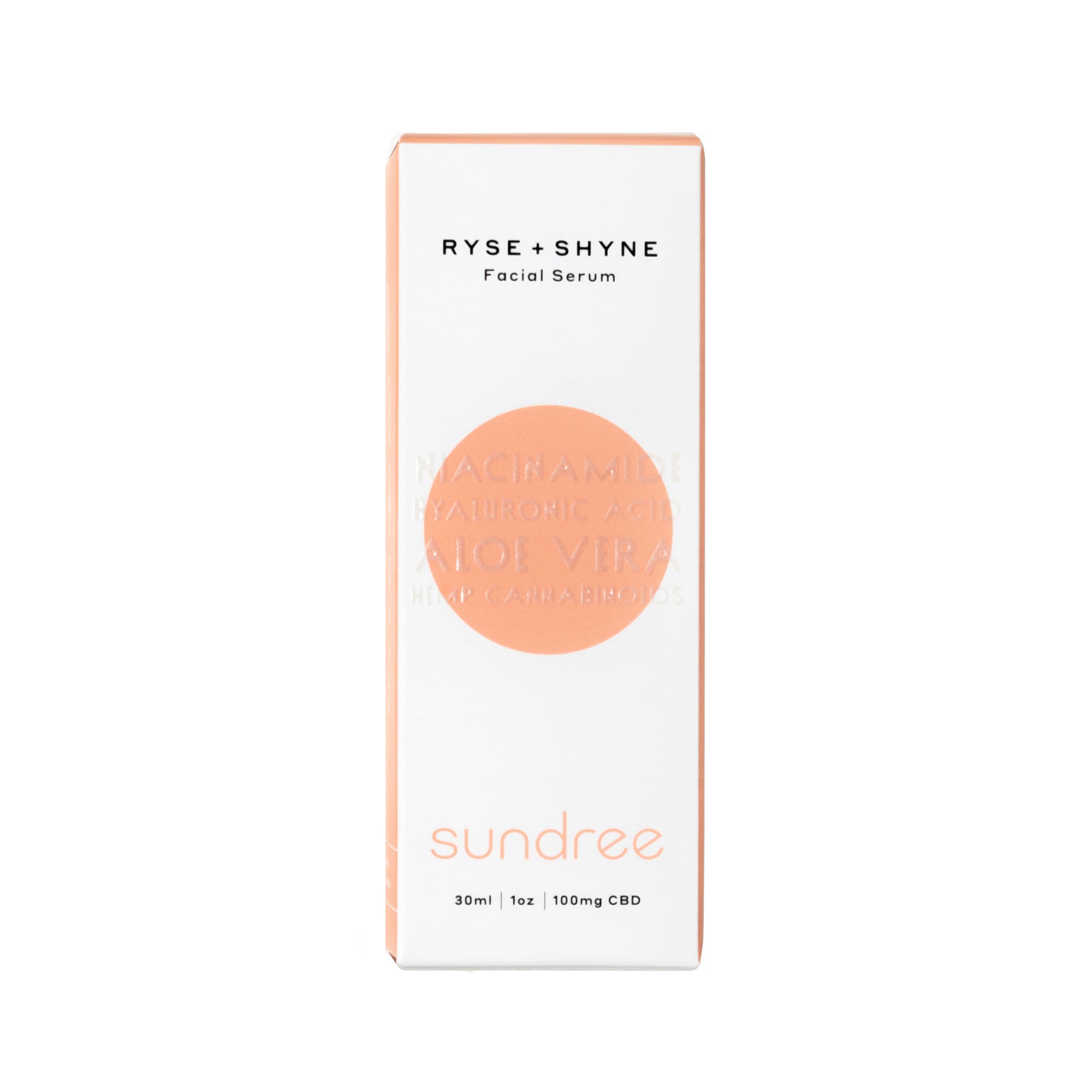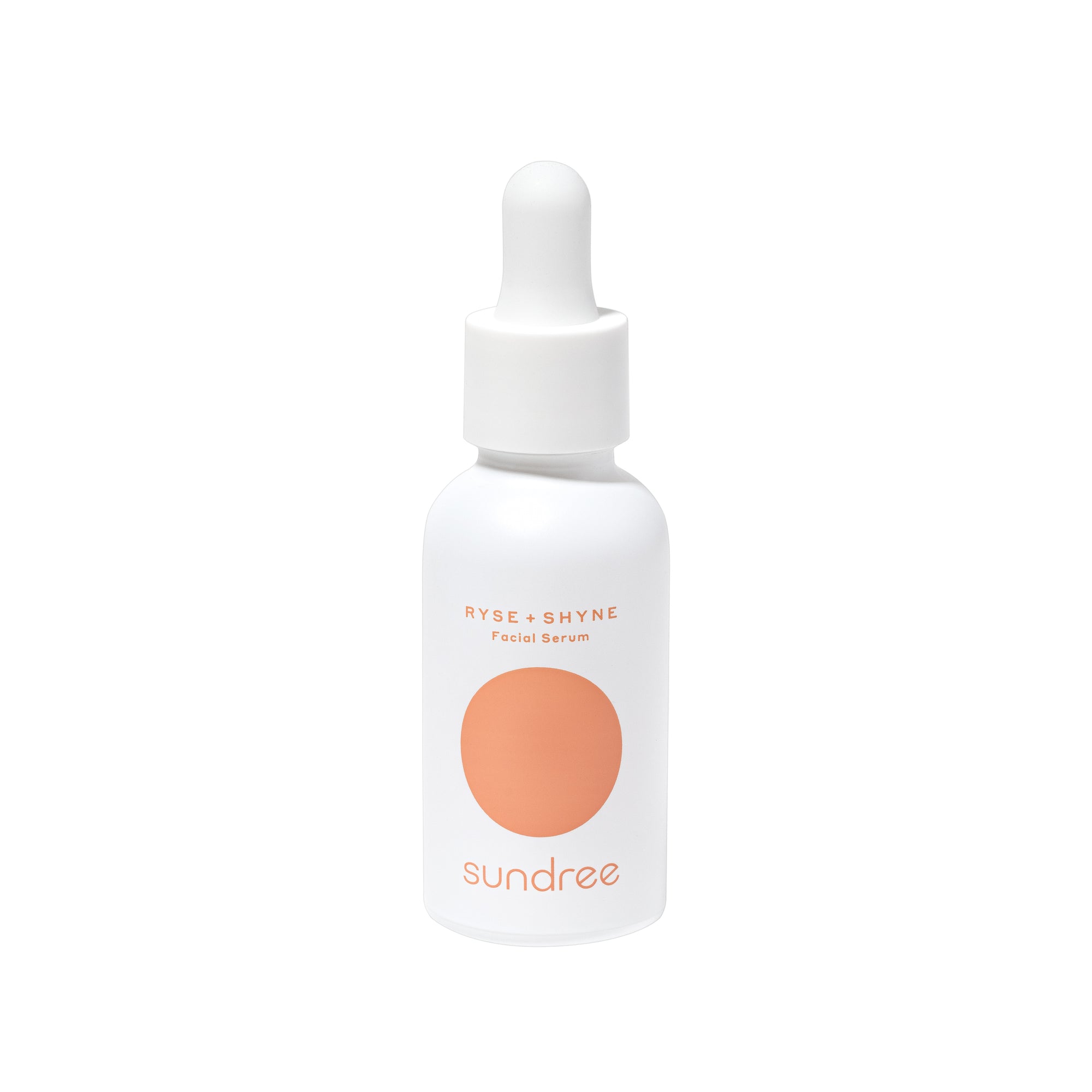The increasing awareness and focus on the way skincare products can affect our skin and sometimes our health too, has led to a shift towards safer and gentler skincare ingredients. Many consumers have switched to more natural and effective ways of achieving a healthy, radiant, and youthful complexion. If you’re paying attention to what’s in your skincare products, you might have come across ceramides.
Ceramides are among the top trending and widely used skincare ingredients in the domain of skincare. If you’re wondering what makes ceramides worthy of all the buzz, we’re here to help you find the answers. This blog will shed light on what ceramides are, how they can benefit your skin, and how to choose the right products. So, let’s dive into the world of ceramides!
What Are Ceramides?
Naturally found in the outermost layer of the skin or epidermis, ceramides are basically fatty acids or fats known as lipids.¹ Ceramides are present in a high concentration in the skin and make up about 50% of the epidermal layer of the skin, forming a part of the skin’s lipid barrier. The building components of ceramides are fatty acids. They are in the stratum corneum (cells) and make a part of the sebum or natural skin oils that are secreted by our sebaceous glands. So, ceramides are essentially the body's natural moisturizers that help keep the skin healthy and prevent dryness.
What Ceramides Do For the Skin
The stratum corneum or the outermost layer of the skin serves as the skin’s first line of defense against all sorts of external factors, and about 50% of this layer is made up of ceramides. These lipids are composed of long-chain fatty acids and help to hold the surrounding organic structures and molecules together, promoting cellular functions. The primary role of these lipids in the skin is to maintain a healthy barrier and prevent barrier permeability or damage. By preserving a stronger barrier, ceramides aid in locking moisture in the skin, which protects the skin from dehydration, dryness, and cell breakdown. Think of ceramides similarly to cement between the bricks of your house that binds the bricks together, creating a wall that keeps moisture in and foreign elements out.
Why You Need Ceramides in Your Skincare Products
So why do you need to apply skincare products with ceramides when you already have them in your skin? Well, like other components of the skin, ceramides may also get depleted for a number of reasons. The most common factors that can decrease the levels of ceramides in the skin are the natural process of aging, sun damage, inflammation, seasonal changes, wrong skincare products, and any other factor that can strip the skin of its lipids and damage skin cells. Lower levels of ceramides can weaken the skin’s outer barrier and lead to dryness, wrinkles, irritation, hyperpigmentation, dullness, and dehydration. The use of topical ceramides can help to restore the declining concentration of ceramides, putting the skin back to its healthier shape.
Types of Ceramides in Skincare
There are two main types of ceramides used in the formulation of skincare products; plant-derived and synthetic. Plant-based ceramides are called phytoceramides and are usually obtained from soybeans, wheat, spinach, and potatoes.² These ceramides mimic the molecular structure and functions of the skin’s natural lipids. The structural and functional aspects of synthetically obtained ceramides are also similar to the ceramides naturally produced by the body. Hence, both types of ceramides can effectively offer the same skin benefits as the natural ceramides in the skin. So, no need to worry about which version your skincare products contain.
Moreover, ceramides are also classified in numbers. Commonly used ceramides in skincare products include ceramides 1 (EOP), ceramide 2 (NS), ceramide 3 (NG or Np), and ceramide 6-II (AP). Here’s what each ceramide is known for:
- Ceramide 1- Particularly used for its unique structure and ability to bind skin cells together and store linoleic acid, which helps to fortify and repair the lipid barrier. When used in combination with ceramides 2 and 3, it yields a matchless moisturizing effect.
- Ceramide 2- This class of ceramides is known to attract moisture and bind it to the epidermal layer of the skin, keeping the skin hydrated and healthy.
- Ceramide 3- Like ceramide 1, it also improves the structure and function of the skin’s protective lipid layer. It works better in synergy with ceramide 1.
- Ceramide 6-II- Applying products with this ceramide can decrease the potential of water loss through the epidermis and restore or reconstruct the depleted skin barrier. Its effects can be further enhanced when used in a mixture with the above three ceramides.
Benefits of Ceramides for the Skin
- Maintain the Skin’s Integrity - A healthy and intact barrier is integral for supple, radiant, and youthful skin. A compromised barrier can make the skin vulnerable to various skin problems, like infections, wrinkles, acne breakouts, hyperpigmentation, and dehydration. Therefore, it's essential to maintain healthy levels of ceramides in the skin cells to keep the skin resilient and protected against damage. Ceramides in epidermal skin cells hold the cells together and sustain bonds of the intercellular matrix, ultimately helping to enhance the skin’s integrity.
- Inhibit Transepidermal Water Loss - When cells in our body lose water through the epidermal layer of the skin, it’s known as transepidermal water loss. The moisture loss occurs at a faster pace when the skin is damaged. Due to the loss of water from the cells, the skin becomes dry, dehydrated, dull, and sometimes even inflamed. Ceramides in skincare products help to prevent the loss of water from the epidermis and support skin hydration. They do so by forming ordered aligned structures in synergy with other lipids in the skin, helping to avert water loss through the lipid barrier.
- Restores Aging Skin - Continuous exposure to harmful external elements, internal factors, dryness, and unhealthy lifestyle choices can speed up the skin's aging process. As a result, ceramides are becoming quite popular as anti-aging elements in the skincare industry, thanks to their repairing, moisturizing, and antioxidant actions. All these properties are vital for reducing and preventing the formation of signs of aging, including fine lines, wrinkles, and age spots.
- Prevent Acne Breakouts - Acne is a common skin problem, which millions of people around the world have to struggle with. There are various causes that can lead to the occurrence of acne breakouts, such as genetics, unhealthy habits, insufficient nutrition, oxidative stressors, and hormonal imbalance. One of the factors that can cause acne breakouts is a lower level of ceramide 3 in the skin cells. Thereby, adding ceramide products to your skincare routine can help make up for the reduced amount of this ceramide in the skin.
- Enhance Barrier Function - The primary function of the skin’s outer barrier is to protect the skin from different types of external agents and preserve water and moisture in the cells. Since ceramides are an integral part of the skin’s barrier, they can be helpful in keeping the barrier functions intact. In addition, a healthy lipid barrier serves as a shield against outside toxins and prevents dryness and dehydration.
- Retain Moisture in the Skin - Other than preventing transepidermal water loss, ceramides also help balance the optimal moisture level in the skin. Adequate moisturization is necessary for the skin to look fresh, smooth, and plump. However, due to inappropriate skincare, environmental factors, and some internal health issues, the skin may start losing its moisture. Using topical products with ceramides can aid in retaining moisture and preserve the skin’s healthy appearance.
- Fight Skin Inflammation - As mentioned earlier, your skin becomes more susceptible to infections and inflammation when the levels of ceramides are low in the skin, leading to an unhealthy or damaged barrier. Ceramides maintain the skin's hydration, moisturization and protect it from bacteria and other toxins that can cause inflammation, itching, and redness. Furthermore, the hydrating and moisturizing effects of ceramides can also calm down skin irritation.
How to Choose Skincare Products with Ceramides
While buying your ceramide skincare products, make sure you go through the ingredient list to check if other ingredients in the product have any influence on their effectiveness. Ceramides can be used with most skincare ingredients. They work the best when combined with other moisturizing compounds, like glycerin and hyaluronic acid. Ceramides can also be used in synergy with other anti-aging ingredients, such as retinol, AHAs, and BHAs.
Conclusion
"Ceramides are a vital component of the skin," says Audrey Kunin, M.D., a board-certified dermatologist. She continues that "They are the body's natural moisturizer, and the barrier that prevents dehydration."³ The skin needs optimum levels of ceramides to perform various functions effectively. Nevertheless, their levels can drop due to various internal and external factors. A daily skincare regimen containing ceramides can help to maintain and protect the epidermal barrier, prevent water and moisture loss, reduce signs of aging, soothe and inhibit inflammation, and fight acne breakouts.
Citations:
- Hoffman, Matthew, MD. (2021). 'Pictures of the Skin,' WebMD. Accessed November 10, 2021. Available at: https://www.webmd.com/skin-problems-and-treatments/picture-of-the-skin
- De Bellefonds, Colleen. (2020). 'Are Phytoceramides Really a 'Facelift in a Bottle,' Healthline. Accessed November 10, 2021. Available at: https://www.healthline.com/health/beauty-skin-care/phytoceramides
- Dancer, Rebecca. (2018). ‘What are Ceramides, and Why Are They Important in Your Skin-Care Routine?’, Allure. Accessed November 11, 2021. Available at: https://www.allure.com/story/what-are-ceramides













